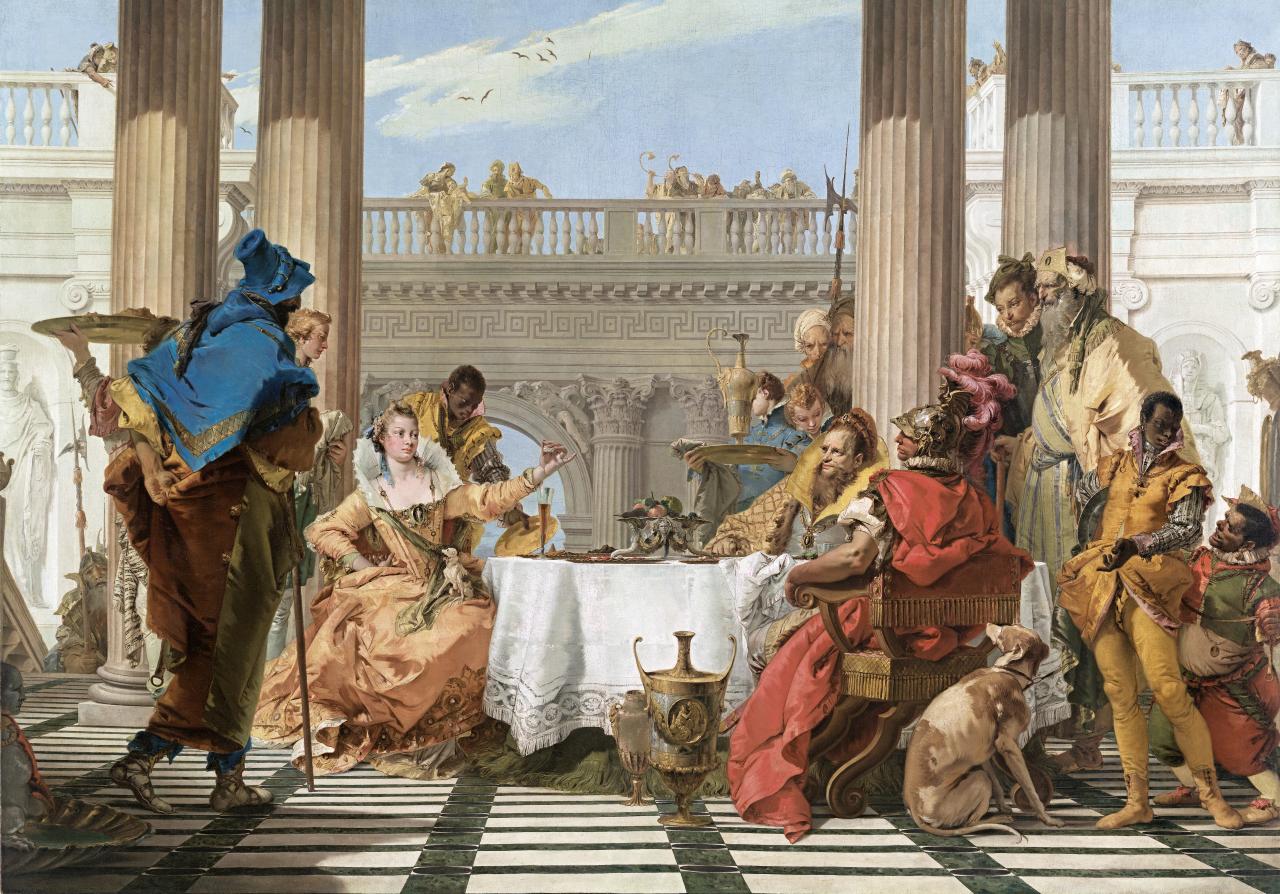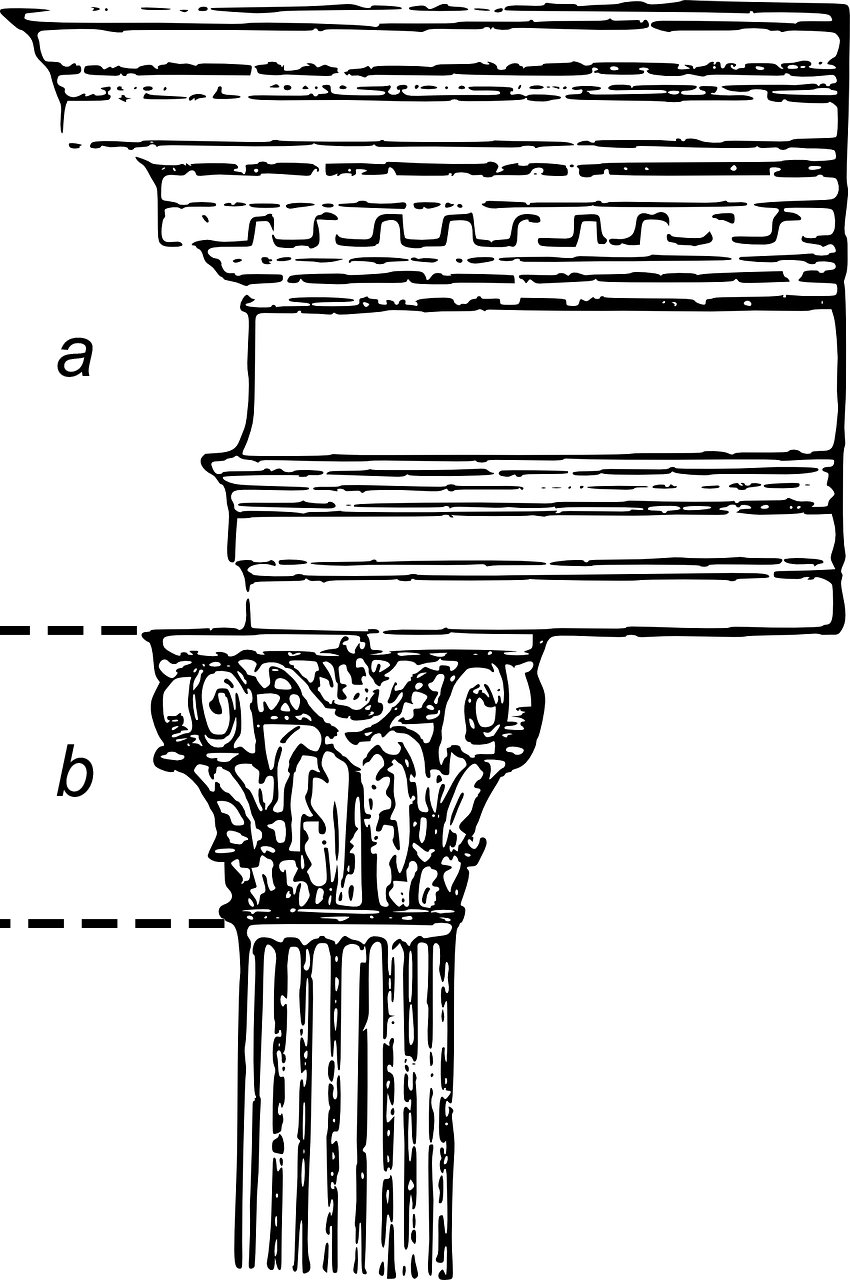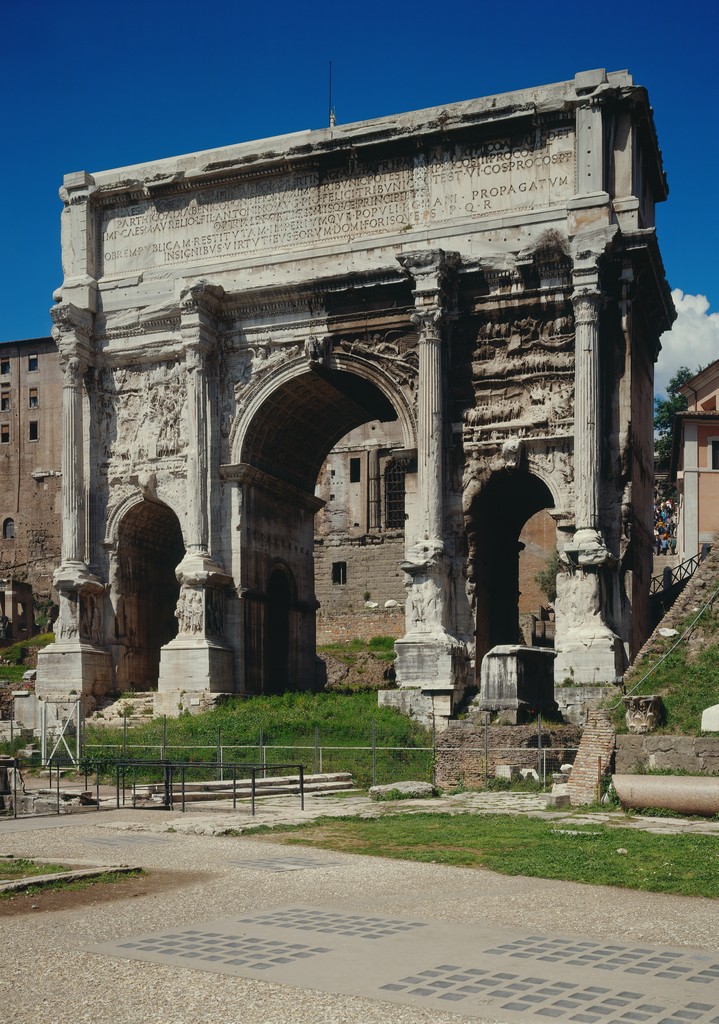Rules for images
1. If you include any images in your document, also include a figure caption. See the "Positioning images in your document" box for more information.
2. If you refer to any visual material, i.e. art, design or architecture, you have seen in person and you are not including an image of it in your document, provide a detailed in-text citation or footnote. See the "Art, design and architecture you have seen in person" box for more information.
3. If you have sourced an image from the web or a publication:
a) Notes Bibliography style: you need to include the publication information or web address in the footnote. See the "Images from the web" or "Images from books or other published sources" for more information.
b) Author Date style: you need to include a brief in-text citation AND a full bibliography entry. See the "Images from the web" or "Images from books or other published sources" for more information.
Positioning images in your document
Positioning images in your document
Figures are any images that you include in your document, i.e. illustrations, diagrams, graphs, photographs, images of artworks and etc. Whenever you include a figure in your document, you also provide a caption. Captions give concise descriptions, explanations, legends, or identify elements—depending on the type of figure. Position a caption below each figure.
Begin each caption with a figure number. And in your text, refer to the particular figure as you introduce it, spell out the word 'figure' if its in your sentence, or abbreviate to 'fig.' if it's written in parenthesis i.e. "in figure 1 you can see..." or (see fig. 1).
You may be the author of a figure in your document or you may have sourced it from elsewhere. If figures aren’t your work, captions can provide reference information, i.e. authors, titles and sources. Some assessments may require you to include a courtesy line acknowledging the name of the source organisation, archive or database, followed by an access date and the web address.
Example: In his painting The Banquet of Cleopatra (see fig. 1), Venetian artist Giambattista Tiepolo portrays a famous contest where Cleopatra wins a wager with Mark Antony by dissolving a pearl earring in a glass of vinegar and drinking it. Tiepolo stage this scene amid columns of the composite order (see fig. 2), which visually underline links to ancient Rome (see fig. 3).

Figure 1. Giambattista Tiepolo, The Banquet of Cleopatra, 1743-44, oil on canvas, 250 x 357 cm. Courtesy of the National Gallery of Victoria, accessed 12 March, 2020, https://www.ngv.vic.gov.au/explore/collection/work/4409/.

Figure 2. The composite order, showing a, the entablature and b, the column capital. Courtesy of OpenClipart-Vectors from Pixabay, accessed 12 March, 2020, https://pixabay.com/vectors/column-capital-composite-antiquity-148231/.

Figure 3. The Arch of Septimius Severus, 203 ce., Roman Forum, Rome. Courtesy of Artstor, accessed 12 March, 2020, https://library-artstor-org.ezproxy.lib.monash.edu.au.
Positioning images in your document
Figures are any images that you include in your document, i.e. illustrations, diagrams, graphs, photographs, images of artworks and etc. Whenever you include a figure in your document, you also provide a caption. Captions give concise descriptions, explanations, legends, or identify elements—depending on the type of figure. Position a caption below each figure.
Begin each caption with a figure number. And in your text, refer to the particular figure as you introduce it, spell out the word 'figure' if its in your sentence, or abbreviate to 'fig.' if it's written in parenthesis i.e. "in figure 1 you can see..." or (see fig. 1).
You may be the author of a figure in your document or you may have sourced it from elsewhere. If figures aren’t your work, captions can provide reference information, i.e. authors, titles and sources. Some assessments may require you to include a courtesy line acknowledging the name of the source organisation, archive or database, followed by an access date and the web address.
Example: In his painting The Banquet of Cleopatra (see fig. 1), Venetian artist Giambattista Tiepolo portrays a famous contest where Cleopatra wins a wager with Mark Antony by dissolving a pearl earring in a glass of vinegar and drinking it. Tiepolo stage this scene amid columns of the composite order (see fig. 2), which visually underline links to ancient Rome (see fig. 3).

Figure 1. Giambattista Tiepolo, The Banquet of Cleopatra, 1743-44, oil on canvas, 250 x 357 cm. Courtesy of the National Gallery of Victoria, accessed 12 March, 2020, https://www.ngv.vic.gov.au/explore/collection/work/4409/.

Figure 2. The composite order, showing a, the entablature and b, the column capital. Courtesy of OpenClipart-Vectors from Pixabay, accessed 12 March, 2020, https://pixabay.com/vectors/column-capital-composite-antiquity-148231/.

Figure 3. The Arch of Septimius Severus, 203 ce., Roman Forum, Rome. Courtesy of Artstor, accessed 12 March, 2020, https://library-artstor-org.ezproxy.lib.monash.edu.au.
Art, design and architecture you have seen in person
If you are referring to art, design or architecture and you are not including the image in your document, you only need to provide a detailed footnote.
Include the following information:
- artist or designer
- title of the work
- year of creation of work
- type of materials (optional)
- dimensions of the work (optional)
- location of item, e.g. name of the institution that houses the work, or city the building is in
Example:
Footnote
1. Giambattista Tiepolo, The Banquet of Cleopatra, 1743-44, oil on canvas, 250.3 x 357.0 cm, National Gallery of Victoria, Melbourne.
If you are referring to the actual artwork and you are not including the image in your document, you only need to provide a detailed in text citation.
Include the following information:
- artist or designer
- title of the work
- year of creation of work
- type of materials (optional)
- dimensions of the work (optional)
- location of item, e.g. name institution that houses the work, or city the building is in
Example:
Parenthetical (In Text)
(Georgia O'Keeffe, The Cliff Chimneys, 1938, Milwaukee Art Museum, Wisconsin)
Images from the web
If you found the image online you will need to include in your footnote:
- artist or designer
- title of work
- year of creation of work
- type of materials (optional)
- dimensions of the work (optional)
- URL
- access date
Examples:
Footnotes
1. Giambattista Tiepolo, The Banquet of Cleopatra, 1743-44, oil on canvas, 250.3 x 357.0 cm, accessed 24 May, 2012, http://www.ngv.vic.gov.au/col/work/4409.
2. Max Dupain, The Sunbaker, 1937, gelatin silver photograph, 38.0 x 43.1 cm, accessed 24 May, 2012, http://www.ngv.vic.gov.au/col/work/7621.
If you found the image online you need to include a brief parenthetical (in text) citation and a bibliography entry that includes:
- artist or designer
- title of work
- year of creation of work
- type of materials (optional)
- dimensions of the work (optional)
- URL
- access date
Examples:
Parenthetical (In Text)
(Tiepolo 1743-44)
(Dupain 1937)
Bibliography
Tiepolo, Giambattista. 1743-44. The Banquet of Cleopatra. Oil on canvas. Accessed 24 May, 2012. http://www.ngv.vic.gov.au/col/work/4409.
Dupain, Max. 1937. The Sunbaker. Photograph. Accessed 24 May, 2012. http://www.ngv.vic.gov.au/col/work/7621.
Images from books or other published sources
If you found the image in a book or other published source you will need to include in the footnote:
- artist or designer
- title of work
- date of creation of work
- type of materials (optional)
- dimensions of the work (optional)
- author of book
- title of book
- publisher
- place of publication
- date of publication
- page
- figure or plate number of the reproduction (optional)
Examples:
Footnotes
1. Giambattista Tiepolo, The Banquet of Cleopatra, 1743-44, in Ted Gott and Laurie Benson, Painting and Sculpture before 1800 in the International Collections of the National Gallery of Victoria (Melbourne: National Gallery of Victoria, 2003), 102.
2. Max Dupain, "The Sunbaker", 1937, in Isobel Crombie, Body Culture: Max Dupain, Photography and Australian Culture 1919-1939 (Images Publishing Group in association with National Gallery of Victoria, 2004), 150, 17.1.
If you found the image in a book or other published source you will need to include an in text citation as well as a bibliography entry that includes:
- artist or designer
- title of work
- date of creation of work
- type of materials (optional)
- dimensions of the work (optional)
- author of book
- title of book
- publisher
- place of publication
- date of publication
- page
- figure or plate number of the reproduction (optional)
Examples:
Parenthetical (In Text)
(Georgia O'Keeffe, The Cliff Chimneys, 1938, in Lynes, Poling-Kempes, and Turner 2004, 25)
Bibliography
Lynes, Barbara Buhler, Lesley Poling-Kempes, and Frederick W. Turner. 2004. Georgia O'Keeffe and New Mexico: A sense of place. Princeton, NJ: Princeton University Press.